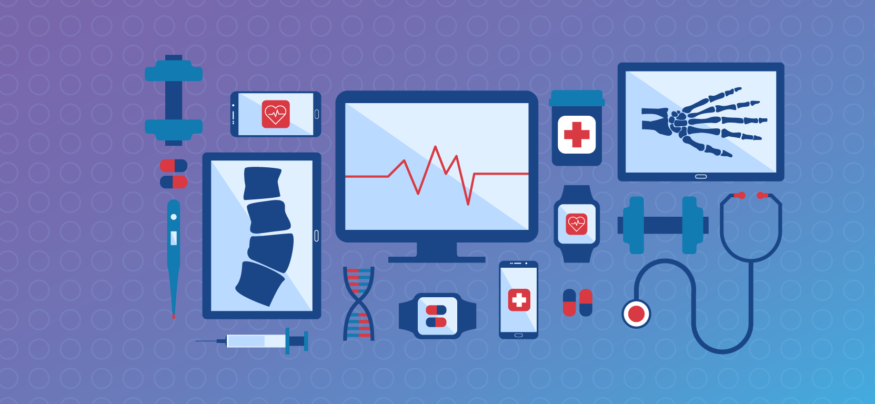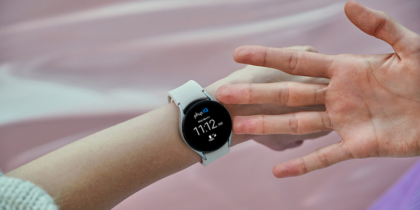Digital health tech is moving beyond the consumer market. Research from Frost & Sullivan shows that the healthcare wearables device market could more than triple to $18.9 billion in 2020 from $5.1 billion in 2015. The healthcare and pharmaceutical industries are fully embracing wearables to monitor patients between visits, improve patient adherence to medications and accelerate clinical drug trials.
Wearables can give healthcare professionals insights into patient behavior and disease progression through a steady flow of electronic data transmitted by the devices. Medical wearables also enable clinicians and pharmaceutical companies conducting drug trials to collect more patient-generated health data to guide treatment for individual patients and contribute to ongoing population health analytics research initiatives.
Digital Health in Clinical Trials
In a new survey on how digital health devices and data impact clinical trials, digital health technology vendor Validic reported:
- Sixty percent of respondents said they have used digital health technology to conduct clinical trials.
- Ninety-seven percent of respondents said they will increase their use of digital technologies in clinical trials in the next five years.
- Mobile apps and in-home clinical-grade devices are currently the most commonly used devices in clinical drug trials, but wearable activity trackers and sensors will be the focus of future use.
- Seventy percent of respondents said patient-generated health data (PGHD) could have the greatest impact on improving treatments for chronically ill populations.
Partnerships and Pilots
A number of companies are working to advance the use of clinical-grade devices. Validic and Sutter Health, for example, are collaborating on a pilot project with the Office of the National Coordinator for Health Information Technology (ONC) to determine how to best deliver PGHD to healthcare clinicians and researchers. The project monitors and collects data from Sutter Health patients with Type 2 diabetes through the Sutter Mpower app, which connects to devices measuring patient blood glucose, blood pressure, weight and activity level. The data can be used to improve patient adherence to medical and pharmaceutical instructions.
Remote monitoring makes a difference.
Read the case study to learn how one hospital used remote monitoring to get patients home sooner. Download Now
Healthcare analytics company PhysIQ recently launched a pilot study at Partners HealthCare Brigham and Women’s Hospital (BWH) in Boston to determine whether clinician visits to patient homes, coupled with advanced continuous electronic digital patient monitoring, can be used to avoid hospitalizations. Patients diagnosed at the BWH emergency department with complications related to heart failure, pneumonia, COPD and several other conditions are being provided with advanced monitoring technology, including a wearable patch, to provide clinicians with continuous patient medical data.
Lower Healthcare Costs
Digital health tech can be used not only to improve patient and population health, but also to reduce healthcare costs. As Healthcare IT News reports, a study published in The American Journal of Managed Care recently analyzed anonymized medical and pharmacy claims data from more than 1.2 million patients who have diabetes, high blood pressure or high cholesterol — all among the most expensive chronic diseases to treat. An analysis by the CVS Health Research Institute concluded that payers could save approximately $38 million to $63 million per 100,000 members by deploying resources for improving medication adherence in specific patient populations.
As the healthcare industry transitions from “fee for service” to a value-based model that emphasizes preventative health, patient-centered care and reduced costs, wearable medical devices are extending the ability of providers to collect real-time patient health data and assess patient medication adherence. Wearables also will generate valuable population data that can be used for medical and population health research.
Looking for other ways to use technology to improve patient care? Research has shown that daily text reminders are another way to increase medication adherence.








